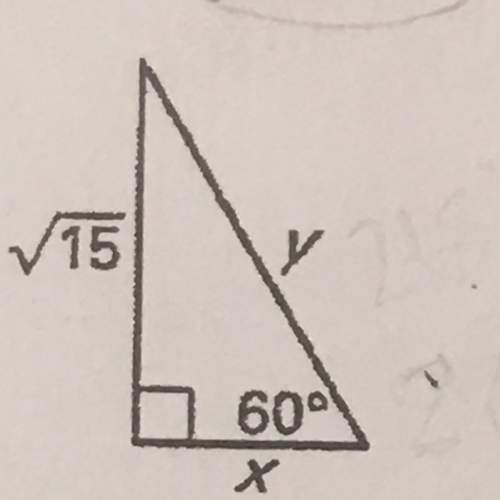
Mathematics, 14.08.2020 21:01 JoJo3671
Quadrilateral ABCD has vertices A(-3,6), B(6,0),
C(9,-9), and D(0, -3). Prove that ABCD is
a) a parallelogram
b) not a rhombus

Answers: 2


Other questions on the subject: Mathematics

Mathematics, 21.06.2019 16:00, angellynn50
Write two subtraction equations that are equivalent to 5 + 12 = 17.
Answers: 3



Mathematics, 22.06.2019 00:00, meganwintergirl
Can someone plz me understand how to do these. plz, show work. in exercises 1-4, rewrite the expression in rational exponent form.[tex]\sqrt[4]{625} \sqrt[3]{512} (\sqrt[5]{4} )³ (\sqrt[4]{15} )^{7}\\ (\sqrt[3]{27} )^{2}[/tex]
Answers: 3
You know the right answer?
Quadrilateral ABCD has vertices A(-3,6), B(6,0),
C(9,-9), and D(0, -3). Prove that ABCD is
a)...
a)...
Questions in other subjects:

Mathematics, 13.10.2020 15:01


English, 13.10.2020 15:01

Mathematics, 13.10.2020 15:01

Mathematics, 13.10.2020 15:01




Mathematics, 13.10.2020 15:01




